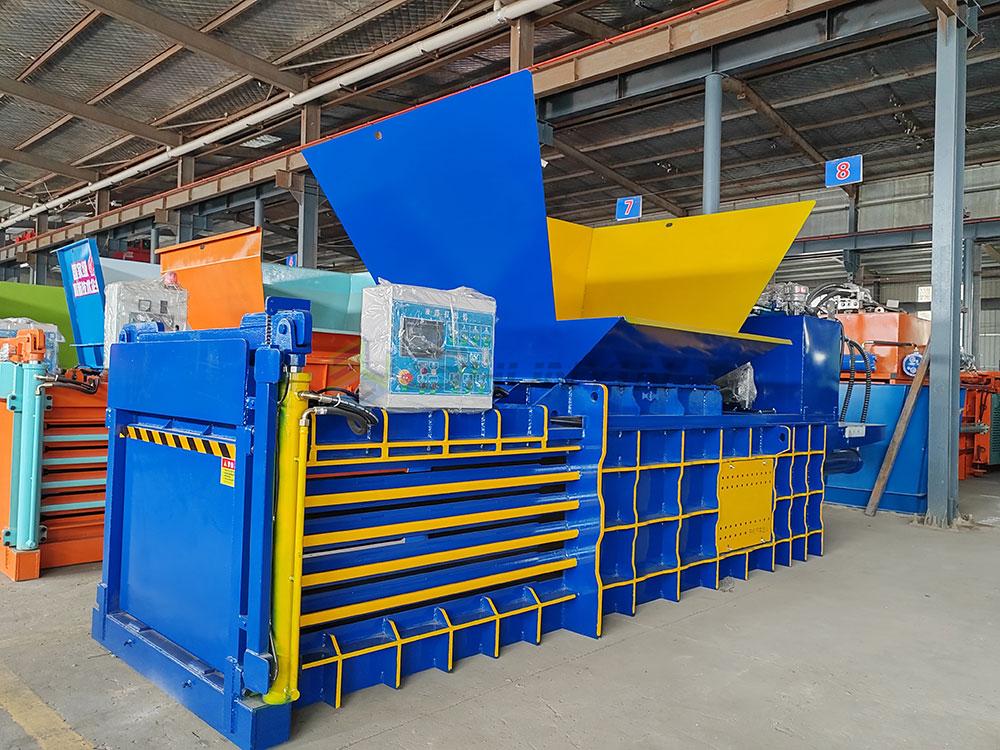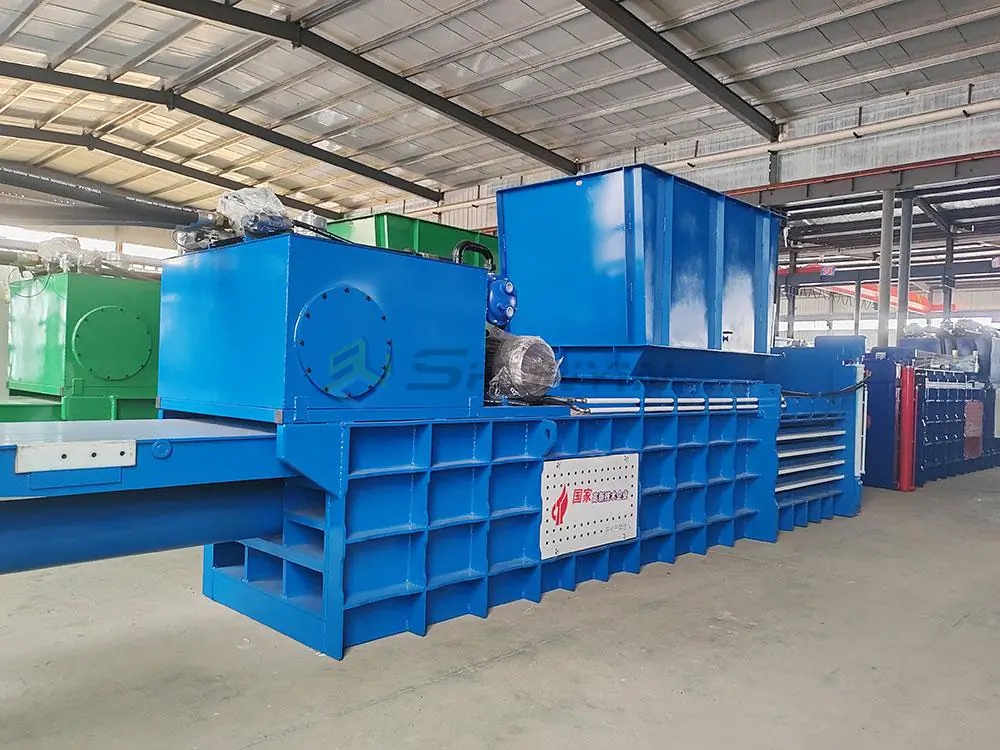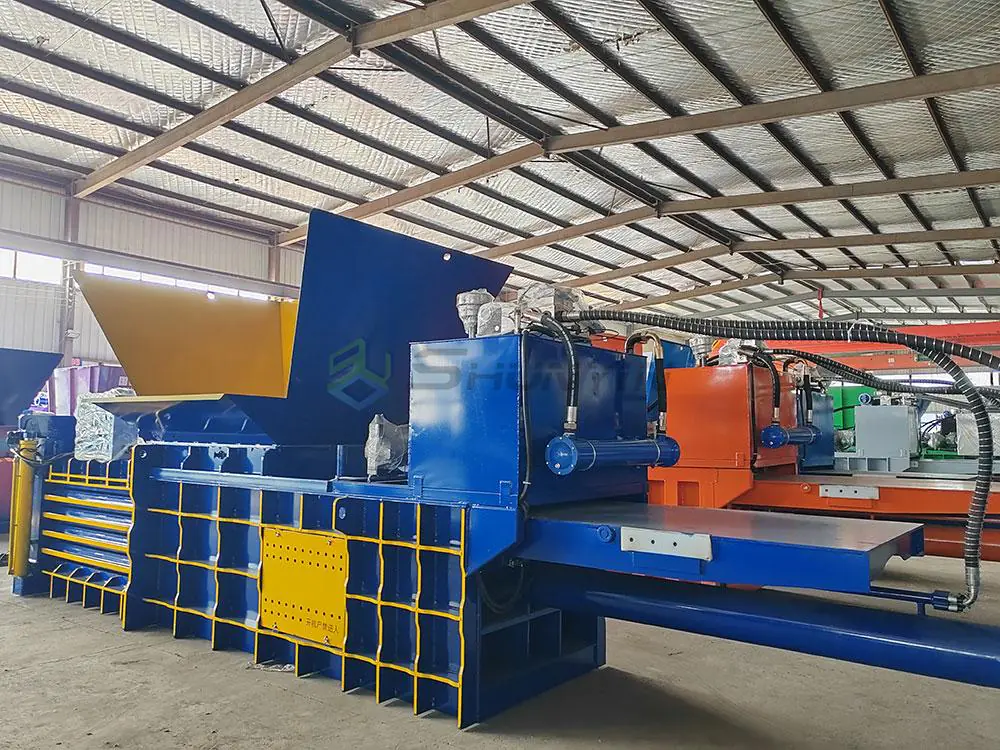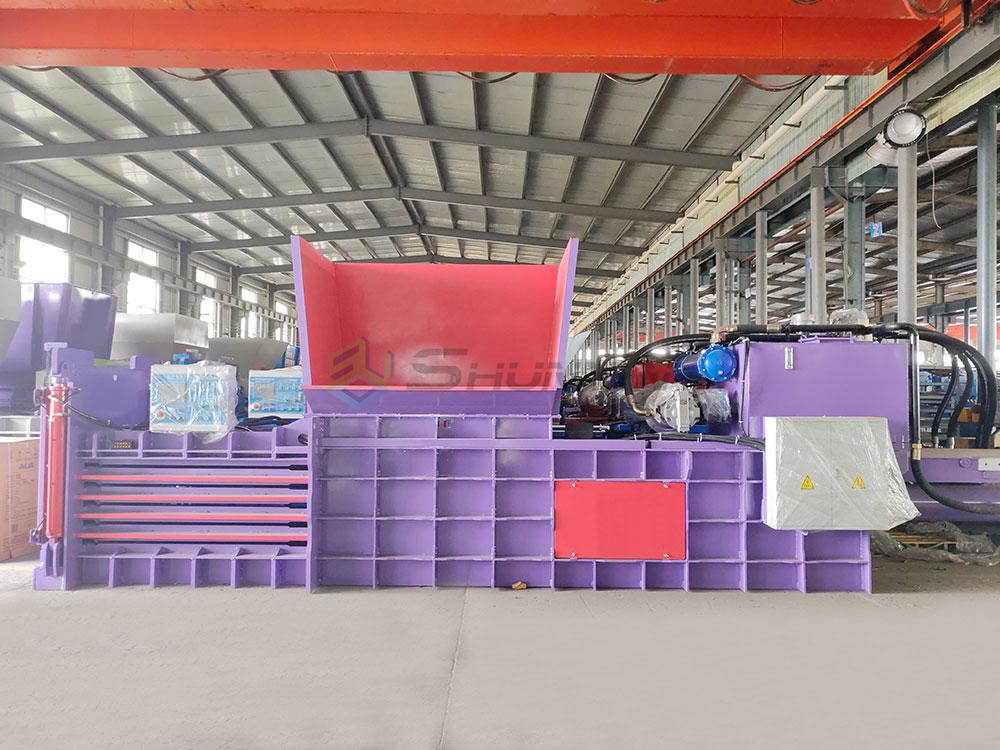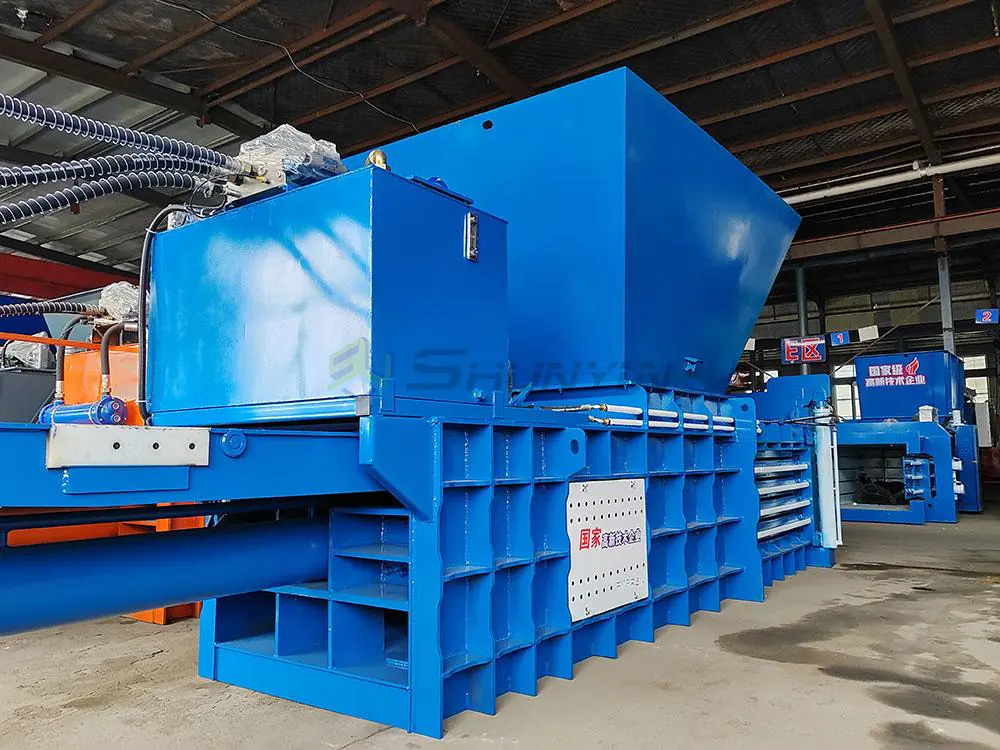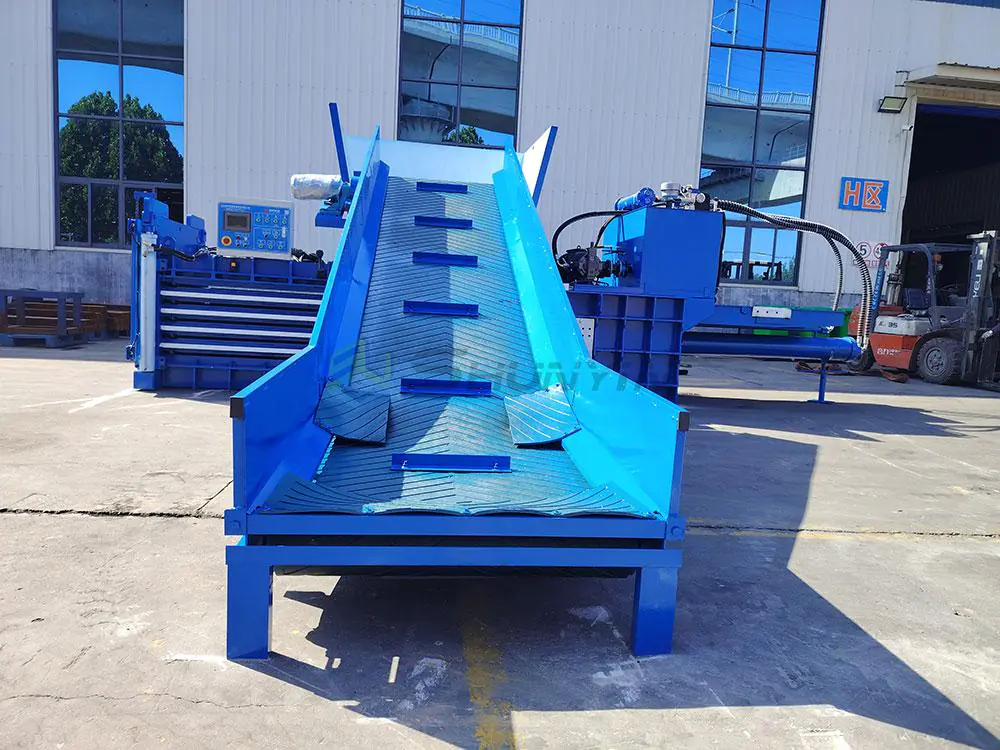
Plastic waste overflows from our dumpsters daily. While recycling seems straightforward, most facilities drown in loose plastic before processing begins. Our factory cameras captured this chaos – until we installed baling systems.
A plastic baler machine compresses recyclable materials into dense, manageable bales using hydraulic pressure. These compact bundles reduce storage space by 90%, lower transportation costs by 40-60%, and enable efficient material handling. Plastic balers preserve material value by preventing contamination while meeting recycling facility requirements for standardized bale sizes and weights. This machinery forms the backbone of commercial recycling operations globally.
The real transformation happens when you understand how balers revolutionize each stage of plastic recycling. Let’s examine why every serious recycler needs this equipment.
What Does A Recycling Baler Do?

Watching loose plastic dance in the wind across our yard forced action. That changed when we implemented industrial balers – here’s why:
Recycling balers mechanically compress plastics into uniform rectangular blocks using 8-20 tons of hydraulic force. They compact PET bottles, HDPE containers, LDPE films, and other recyclables into transport-ready bales weighing 200-600kg. Key functions include material feeding, compression chamber loading, hydraulic ram operation, bale tying (wire/straps), and ejection systems for continuous processing. Modern balers achieve compression ratios up to 15:1.
Core Operational Stages
| Stage | Manual Process | Baler Automation | Efficiency Gain |
|---|---|---|---|
| Sorting | 3 workers sorting | Magnetic separator + manual check | 40% faster |
| Feeding | 4 workers loading | Conveyor belt system | 70% labor reduction |
| Compression | Manual trampling | Hydraulic ram (10-30 cycles) | 90% density increase |
| Binding | Rope tying | Automatic wire/strap tensioning | 100% consistency |
| Storage | 50m² loose pile | 3m² bale stack | 94% space saving |
Our production manager noted: "After switching to automated horizontal balers, we moved from manual baling (20 bales/day) to machine-assisted production (120 bales/day). Energy costs dropped 35% through optimized compression cycles."
What Is The Use Of Plastic Baling Machine?

Recall that mountain of plastic scraps? Our clients report similar challenges until implementing these solutions:
Plastic baling machines serve three primary functions: 1) Volume reduction for storage/transport 2) Material preservation through contamination prevention 3) Value enhancement via standardized bales. They enable cost-effective handling from collection points to recycling plants, particularly critical for lightweight plastics like film and foam that occupy disproportionate space.
Cost-Benefit Analysis (5-Year Period)
| Metric | Without Baler | With Baler | Improvement |
|---|---|---|---|
| Transportation Trips | 780 | 240 | 69% reduction |
| Labor Costs | $280,000 | $95,000 | 66% savings |
| Storage Space | 800m² | 120m² | 85% decrease |
| Material Loss | 18% | 3% | 15-point gain |
| ROI | – | 142% | Positive cash flow Year 2 |
A Singaporean client shared: "Shipping loose PET bottles cost $12,000 monthly. After baling, same volume ships for $3,800 – we broke even on machine cost in 11 months."
What Are The Benefits Of A Baler?

That dented profit margin you’ve been tolerating? Our engineers quantified these returns:
Key baler benefits include: 75-90% space optimization, 30-50% labor cost reduction, 40-65% lower transportation expenses, 15-25% higher resale value for baled materials, and compliance with waste management regulations. Additional advantages include improved workplace safety through reduced manual handling and enhanced fire prevention via compact storage.
Performance Comparison (Manual vs Mechanical Baling)
| Parameter | Manual Baling | Machine Baling | Difference |
|---|---|---|---|
| Output/Hour | 0.8 bales | 7.5 bales | 837% faster |
| Bale Density | 150kg/m³ | 600kg/m³ | 4x denser |
| Labor Injuries/Yr | 4.3 | 0.2 | 95% safer |
| Moisture Retention | 22% | 9% | 13-point drop |
| Resale Price/Ton | $380 | $435 | +14.5% value |
"Before using balers, workers spent 3 hours daily stacking loose plastic," a Japanese client reported. "Now automated bale stacking takes 15 minutes – team productivity skyrocketed."
Why Is Baling Important?

Our quality team rejected three shipments last quarter – all due to improper baling practices. Here’s why it matters:
Baling ensures efficient material flow through the recycling chain. Tightly compressed bales prevent material loss during handling, maintain purity grades for reprocessing, and meet specifications of shredders/washers. Proper baling reduces sorting time at recycling plants by 30-45% while enabling automated material processing systems to function optimally.
Baling Specifications by Plastic Type
| Material | Ideal Bale Size | Compression Force | Moisture Content | Density Target |
|---|---|---|---|---|
| PET Bottles | 120x80x60cm | 12-18 tons | <5% | ≥550kg/m³ |
| HDPE Containers | 100x70x50cm | 15-20 tons | <3% | ≥600kg/m³ |
| LDPE Film | 150x100x80cm | 8-12 tons | <8% | ≥450kg/m³ |
| PP Woven Sacks | 110x75x55cm | 10-15 tons | <6% | ≥500kg/m³ |
| PS Foam | 130x90x70cm | 5-8 tons | <2% | ≥350kg/m³ |
"We received 20% higher pricing for HDPE bales meeting exact density specs," a North American buyer noted. "Consistent baling quality builds credibility with recyclers."
Conclusion
Plastic balers transform recycling from chaotic struggle to profitable system. Reduce costs by 40-60%, boost material value by 15-25%, and achieve compliance effortlessly. Ready to upgrade your operation? Contact our engineering team for customized baling solutions matching your production needs and budget.


